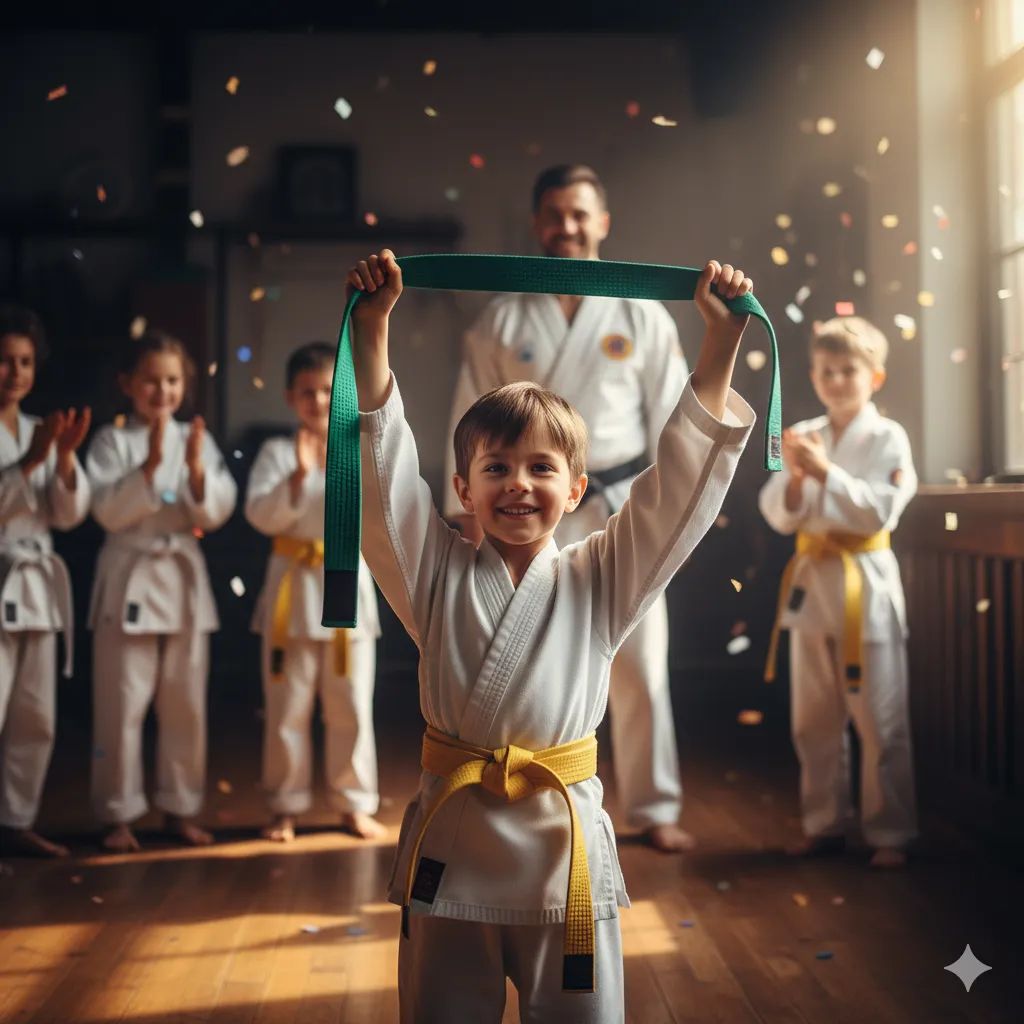
From the Mat to the Classroom: How Martial Arts Improves School Performance
"Karate is the best thing you can to for your child.” - Chuck Norris
One of the first things children learn in martial arts is how to pay attention. Whether it’s watching their instructor demonstrate a form or focusing on the sound of a command, students are constantly training their brains to filter out distractions and concentrate on the task at hand.
In the classroom, this focus becomes invaluable. Children who struggle to sit still or who get easily distracted often show noticeable improvements in their ability to concentrate on lessons and assignments after a few months of martial arts training. The discipline of paying attention on the mat helps them tune in more effectively at school.
Building Strong Listening Skills
Martial arts classes emphasize the importance of active listening. Instructors often give instructions once, expecting students to follow through without needing constant reminders. Kids quickly learn that success depends on listening carefully and responding accurately.
This practice carries over to the classroom. Teachers frequently report that martial arts students are more attentive and responsive in class. By sharpening their listening skills in training, kids become better at understanding directions, participating in lessons, and retaining information at school.
Instilling Respect for Authority
Respect is at the heart of every martial arts tradition. From bowing to instructors to following dojo etiquette, children learn to value authority, show courtesy, and honor rules.
In school, this respect translates into improved behavior toward teachers and classmates. Students who might have been disruptive or argumentative often demonstrate greater patience and cooperation once they begin martial arts training. Respect for the instructor on the mat becomes respect for the teacher in the classroom.
Teaching Goal-Setting and Achievement
Martial arts belt systems provide a powerful model for goal-setting. Children work toward short-term goals, like earning a stripe, as well as long-term goals, such as achieving a new belt rank. This structured system teaches patience, persistence, and the satisfaction of accomplishment.
At school, students apply the same principles to academics. They learn how to break down large tasks, like studying for a test or completing a project, into smaller, manageable steps. With each goal they achieve, their confidence grows, reinforcing the belief that hard work leads to success.

Developing Self-Discipline and Responsibility
Another way martial arts supports school performance is by reinforcing self-discipline. Students are expected to practice consistently, come prepared, and hold themselves accountable for their progress.
In the classroom, these same habits lead to better time management, responsibility for assignments, and pride in their work. Children who take ownership of their martial arts training are more likely to take ownership of their education as well.
Confidence That Translates to Academics
As children gain skills and achieve milestones in martial arts, they build self-confidence. This confidence often spills over into their schoolwork. Students who once hesitated to raise their hands in class may now participate eagerly, believing in their ability to succeed.
The resilience developed on the mat also prepares them to handle academic setbacks. Instead of becoming discouraged by a low grade, martial arts students are more likely to view it as an opportunity to work harder and improve.
Conclusion
Martial arts isn’t just about kicks and punches, it’s about shaping children into focused, respectful, and confident learners. The skills they develop on the mat directly impact their performance in the classroom, from better listening and focus to respect for teachers and perseverance in achieving goals.
By enrolling your child in martial arts, you’re not only giving them a path to physical fitness and self-defense but also equipping them with the tools to thrive academically and beyond.
